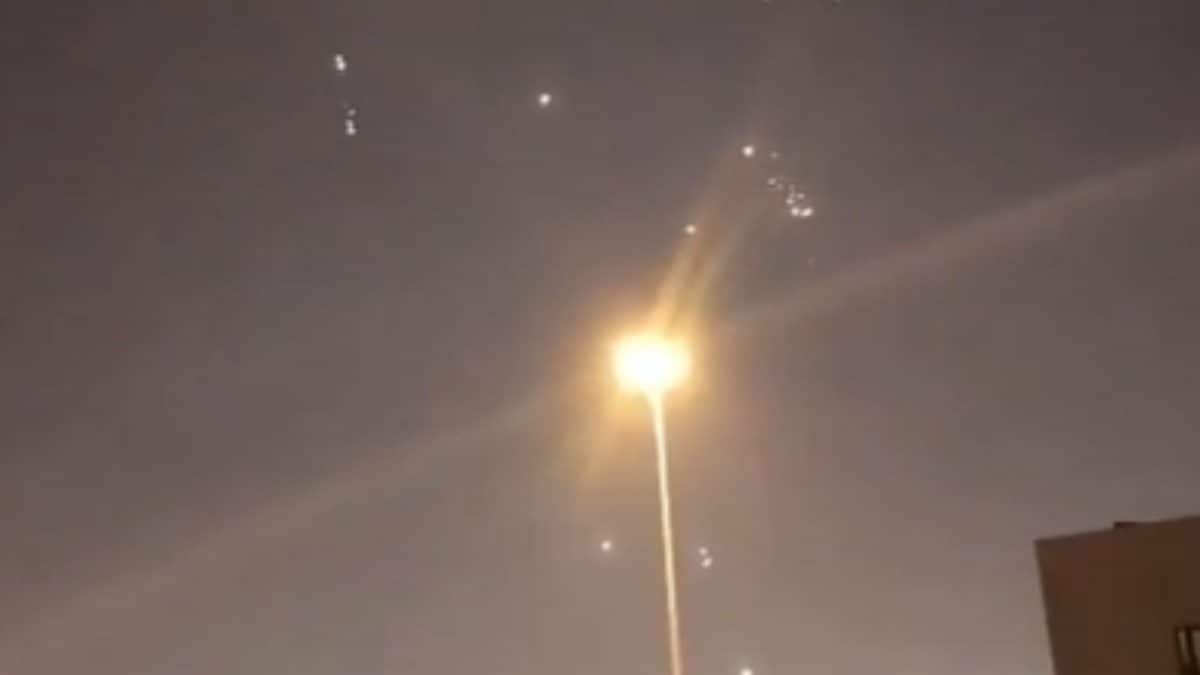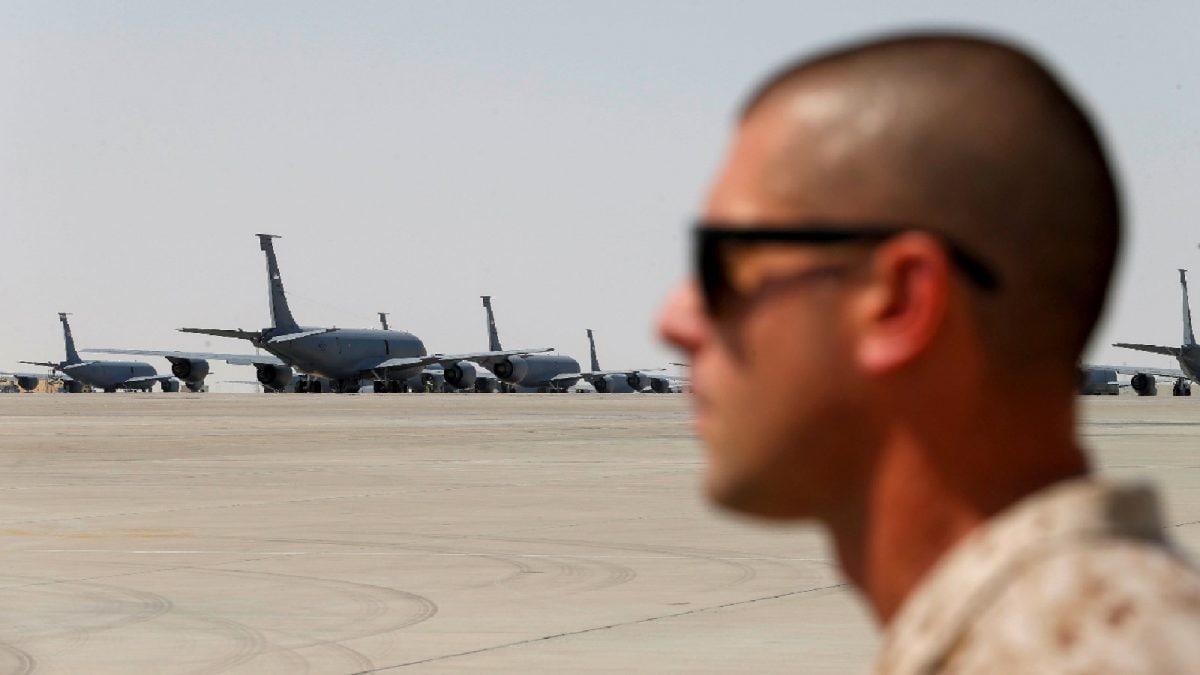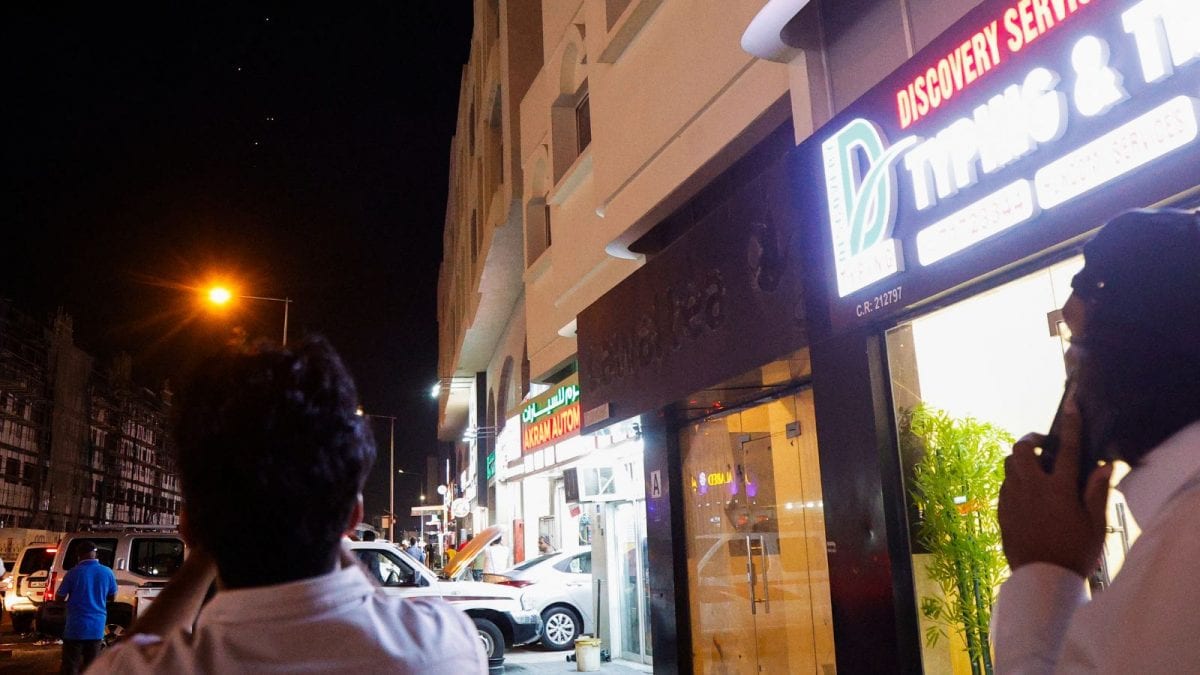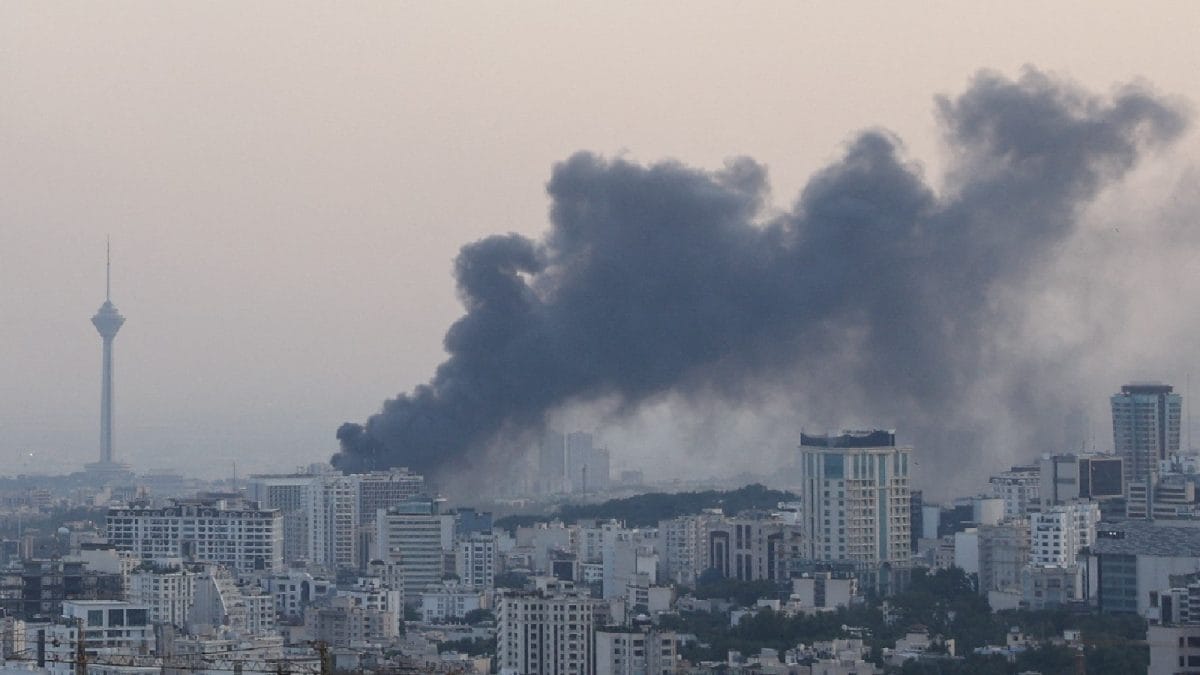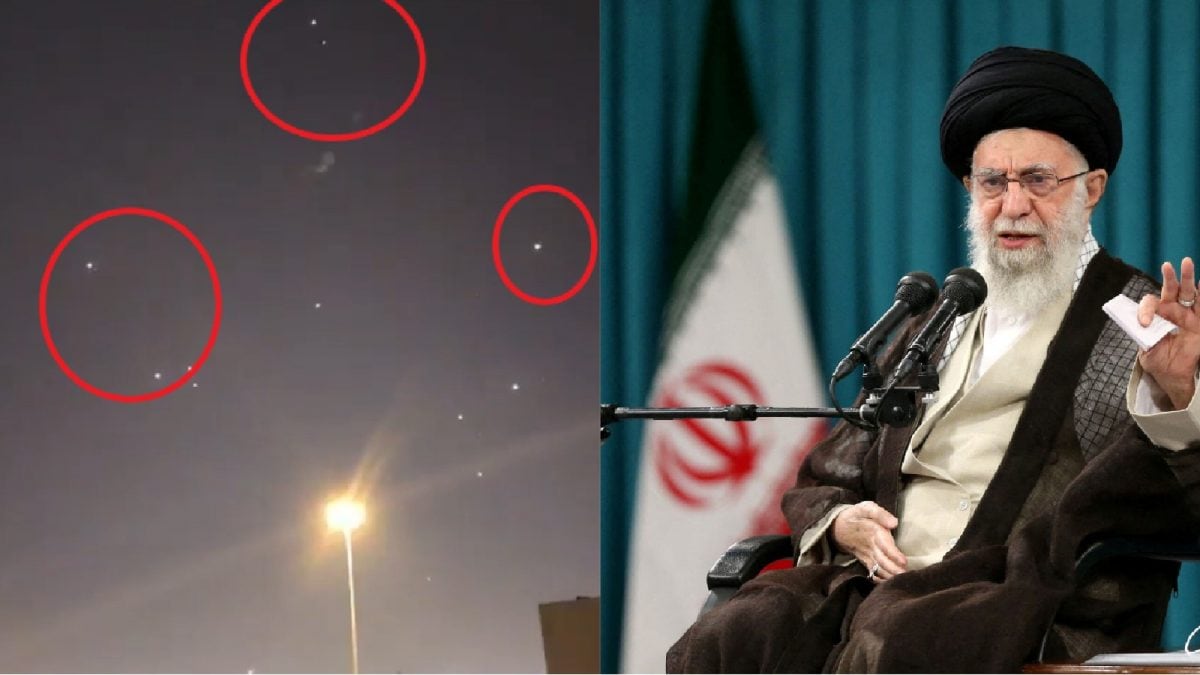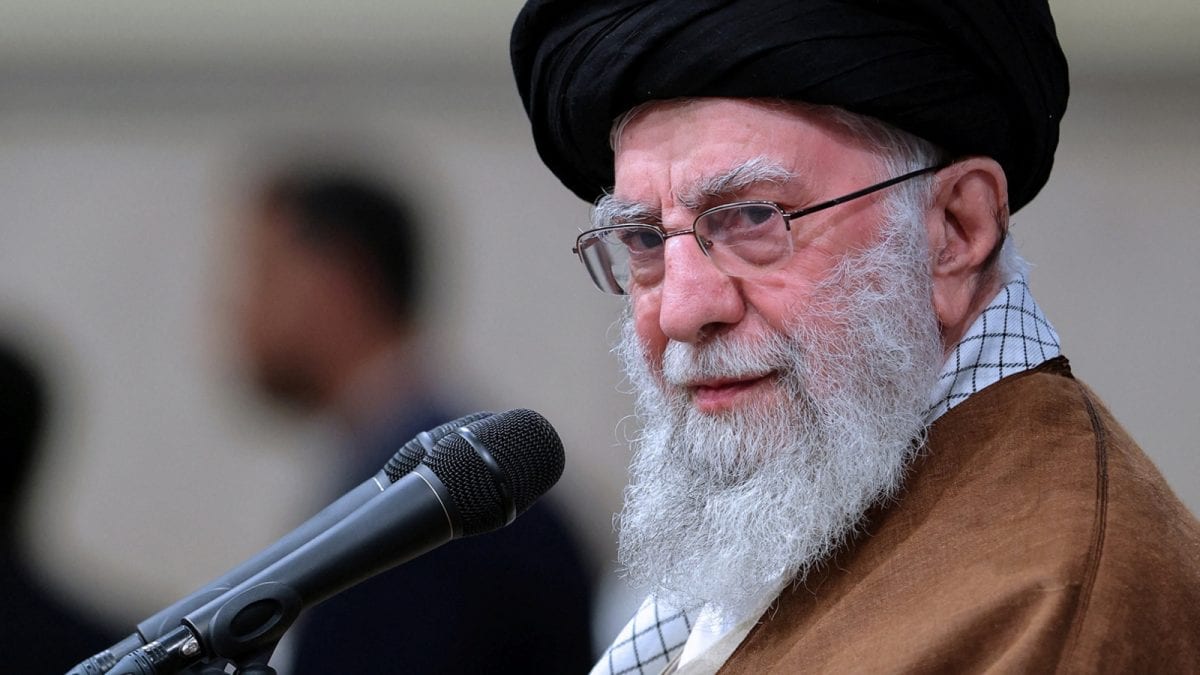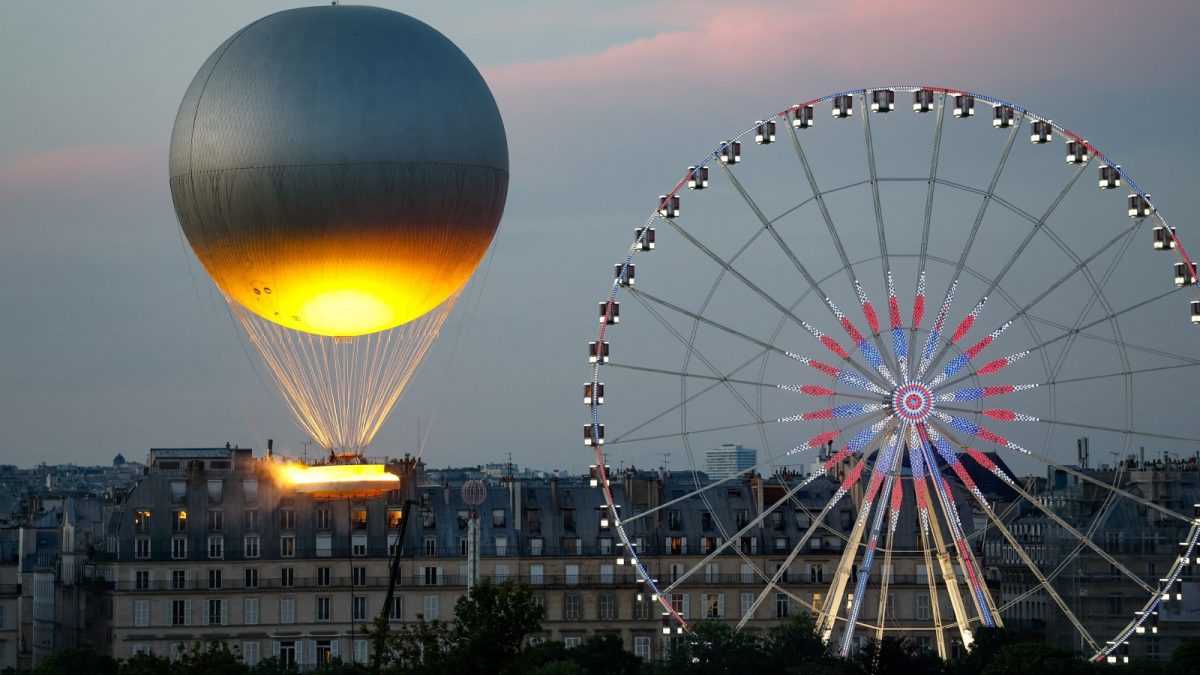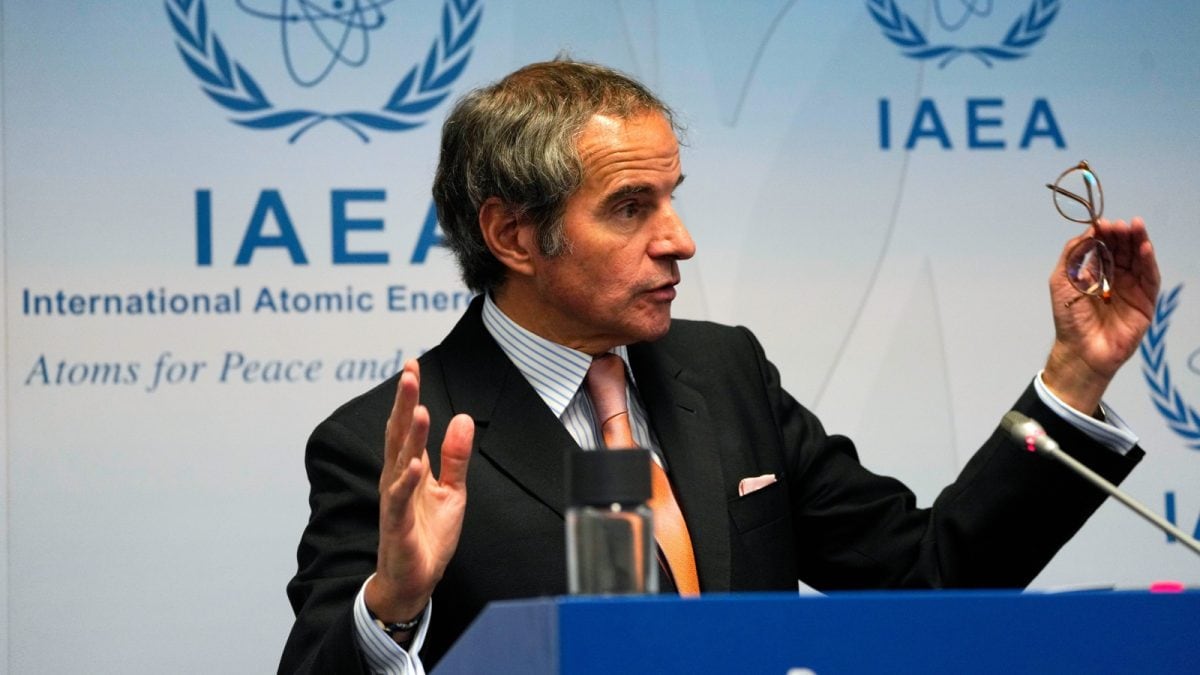On a 37-hour mission from Missouri in the US to strike Iranian nuclear sites, six B-2 bombers refuelled multiple times midair. The B2 stealth bombers, meant for long-distance missions, come with rare comforts: a microwave, mini-fridge, toilet, and space to rest.

A B-2 stealth bomber in Palmdale on July 17, 2014, on the 25th year of its service. (Image: AFP)
At least six B-2 stealth bombers were deployed for Operation Midnight Hammer to strike three nuclear sites in Iran. The troops took off for a 37-hour flight across the globe, from Whiteman Air Force Base in Missouri on June 20, all the way to Iran and back.
On June 21, the strike took all of 25 minutes. But these long-haul operations test the troops' endurance.
Interestingly, despite being a warplane, the B-2 stealth bomber is equipped with a bed, a toilet, a microwave, and a mini-fridge to make the journey more manageable for the crew.
The cockpit is outfitted with a space where one pilot can lie down while the other flies, helping the two-person crew manage the demanding journey. The bombers refuelled several times mid-air, officials told the New York Post.
It also has a microwave and a mini-fridge for snacks, to help the pilots remain well-fed in long-duration strategic bombing missions.
Each B-2 costs more than USD 2 billion, and the US Air Force currently operates 19 of them, after losing one in a 2008 crash.
Most bomber aircraft do not have such luxuries, but there are exceptions, especially for long-range strategic bombers like the US B-2 Spirit or B-52 Stratofortress, which are designed for missions lasting 24 plus hours.
As the seven bombers departed on Friday from Whiteman, near Kansas City, layers of secrecy and minute planning camouflaged Operation Midnight Hammer.
MORE ABOUT B-2 BOMBERS USED BY THE US
As the B-2s neared Iranian airspace, a US submarine launched more than two dozen Tomahawk cruise missiles to neutralise key defences. Moments later, the stealth bombers dropped 14 GBU-57 Massive Ordnance Penetrators, 30,000-pound bunker-busters, on three of Iran's main nuclear sites at Fordow, Natanz and Isfahan.
The mission, conducted in near-total radio silence, was the longest B-2 deployment since the initial US strike on Afghanistan following the September 11 attacks. The two pilots took turns resting during the 37-hour round trip, reported The UK Telegraph.
Originally built to deliver nuclear bombs to the Soviet Union, the B-2 Spirit has a wingspan of 172 feet and carries just two pilots. It relies heavily on automation to complete missions that can last nearly two days.
As the real B-2 bombers moved eastward, a decoy group flew west to mislead any potential observers.
"The B-2s linked up with escort and support aircraft in a complex, tightly timed manoeuvre requiring exact synchronisation across multiple platforms in a narrow piece of airspace, all done with minimal communications," US General Daniel Caine, the chairman of the Joint Chiefs of Staff, said in the Pentagon briefing.
Pilots undergo special training to endure such extreme missions, sometimes bringing along cots or even full camping pads, according to The Atlantic.
As they approached Iranian airspace, the bombers were joined by a fleet of escort and support aircraft to ensure the success of the final phase.
"The B-2s linked up with escort and support aircraft in a complex, tightly timed manoeuvre requiring exact synchronisation across multiple platforms in a narrow piece of airspace, all done with minimal communications," said Gen. Daniel Caine, chairman of the Joint Chiefs of Staff.
"The remaining bombers then hit their targets, as well, with a total of 14 MOPs (Massive Ordnance Penetrators) dropped against two nuclear target areas," he added.
This marked the first time when the US has deployed the massive 15-ton GBU-57 bunker buster in combat.
- Ends
Published By:
Priyanjali Narayan
Published On:
Jun 23, 2025

 3 hours ago
3 hours ago

